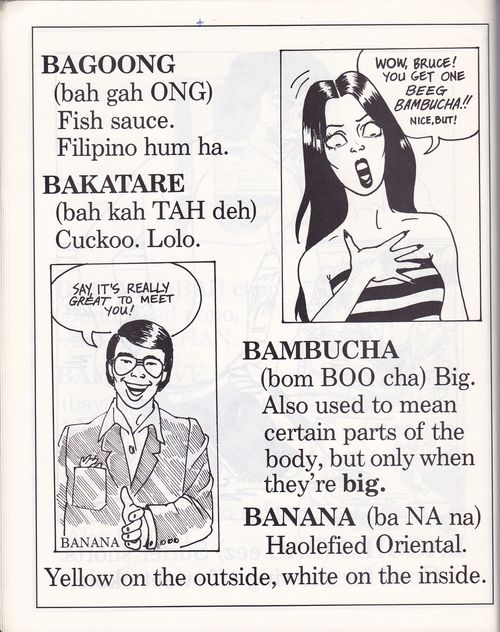

This clip gives a nice overview of Pidgin. About 600,000 people speak Pidgin, mostly native Hawaiians.

As its other name, 'Hawaiian Creole English,' implies, Pidgin is a complete language on its own. However, while it contains elements of both languages, its not a pidgin language at all. The following video is a clip from the documentary film Pidgin: The Voice of Hawai’i, which was directed and produced by two professors at the University of Hawaii. This creole language is the combination of Hawaiian and English. The following NPR segment gives a brief overview of Pidgin and its connection to Hawaiian culture.

census Bureau survey on languages spoken in Hawaii (Nabarro). It was 2015, just last year, before Pidgin was included for the first time in a US. Pidgin is actually Hawai’i Creole English, a creole of English with elements of Hawaiian, Cantonese, and Portugese. This site will follow the example of linguist Kent Sakoda, and refer to the language as Pidgin, with a capital P (Sakoda 41).Īlthough an integral part of modern Hawaiian culture and identity, Pidgin is often overlooked or looked down up by linguists. Rather, they are referring to a language. However, when linguists use the word pidgin, they aren’t referring to a large possibly vermin-infested bird that plagues large cities. When a person sees the word pidgin, it makes sense that their mind might immediately go to an image of a pigeon. This site will focus on the linguistic analysis of the use of Pidgin in the novel Wild Meat and the Bully Burgers by Lois Ann Yamanaka.


 0 kommentar(er)
0 kommentar(er)
